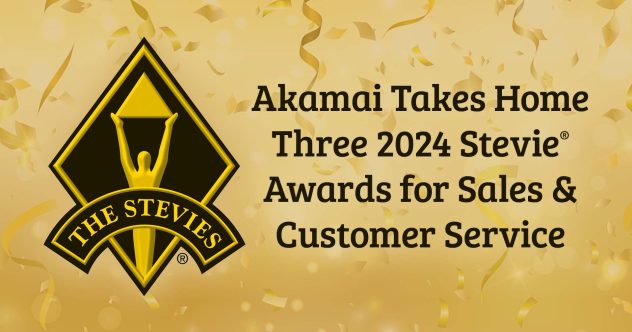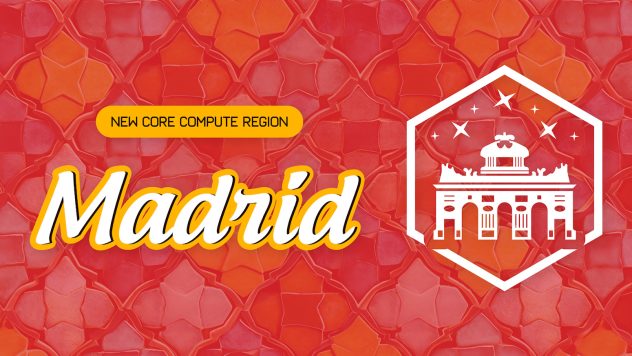Richard Myers is Vice President of Customer Support & Success at Linode. Here he shares his expertise on building a training team and why such an investment has already paid huge dividends for Linode and its customers. This post was originally published here.
In 2016, Linode had a problem. Our Support Team was growing at a rate slower than our customer base. Our ticket volume and Time to First Response metrics were creeping up. Our self-service options weren’t putting enough of a dent in our new ticket queue. At the same time, we were also struggling to find applicants with enough technical experience for our user base – which is made up of highly technical customers – no matter where we were looking. We had to do something drastic.
The only thing that made sense was to create a dedicated Training Team (increasing our onboarding time from a few weeks to a few months), take resources away from the support queue to do the training, and entirely rewrite our training curriculum and support manual.
What?!
We had to come up with a new solution and our conclusion was if we can’t find the right candidates, we have to change who we’re looking for. This short-term investment for a long-term win couldn’t have worked out better.

Here’s what we did:
Evaluate Candidate Competencies
When we began evaluating Linode’s hiring practices, our Core Values informed us where to start.
While we and our customers use and depend on Linux every day, what’s more important than command line knowledge are things that are much harder to teach: Good problem solving abilities, empathy, and a passion for helping customers.
The solution was obvious to us:
- We’d change our “ideal” candidate from “Experienced Systems Administrator with Expert-Level Customer Support Skills” to “Best of the Best Customer Support Skills with Hobbyist-Level Technical Experience”
- We’d build a world-class training system with this candidate profile in mind
With brand-new job requirements focused on technical and troubleshooting acumen instead of experience, we could target previously-untapped pipelines like new grads who worked help desk, career changers who ran Linux at home, and service industry employees in a technical environment. We found people through career fairs, college clubs, and user groups. Very quickly, incredibly good candidates started rolling in – but now we had to train them.
Create a Training Team
This is the really hard part.
We got lucky – we had an incredible Support Specialist, Cody, who used to train flight school instructors. His enthusiasm for training, development, epistemology, and learning styles, coupled with Linux expertise, made him the perfect candidate for our first Trainer. We spent about two months creating an MVP training curriculum and finally started training our new-hires.
Because our new hiring strategy allowed us to attract candidates with outstanding Customer Support skills – the stuff that’s harder to teach – our new training program, in turn, focused on building technical troubleshooting skills and our Core Values.
We realized, though, that training is nothing without documentation and support, so we began reorganizing and updating our support manual and knowledge base. Our team painstakingly:
- Modularized our curriculum so each module could be taught by any of our Training Specialists, or even plucked out of new-hire training to do a continuing education class.
- Leveraged the “Acquisition, Application, Reinforcement” learning model into each of our modules in an effort to be the most effective trainers possible, as well as provide a consistent experience throughout training.
- Implemented weekly check-ins for trainees and their managers, and created a robust documentation system to keep managers and Training Specialists on the same page throughout training.
The initial new-hire training was producing incredible Junior or Level 1 Support Specialists on it’s own right… but that was only the first part of the Support Training journey.
Training Wrap-Up and Mentorship
Before a Support trainee finishes initial training, we hand them off to a Training Expert on the Support team. While the initial training is structured to the hour, a trainee’s mentorship is unstructured and for an indefinite length. A trainee is essentially doing the job of an onboarded Support Specialist, but has a single point of contact and escalation for issues and challenges.
When each box on every checklist has been checked – every skill acquired, competency met, and task accomplished, we can finally on-board a trainee. It’s a huge moment to be celebrated.
Each onboarded trainee represents an incredible investment in talent acquisition, training, people and skills development, and meticulous planning – an investment that’s immediately paid off with the phenomenal new Support Specialist helping solve problems for our customers every day.
Every single piece of our training is still being evaluated and iterated. A module is almost never exactly the same as it was in the previous class. We’re currently identifying the Lominger Competencies required for every role in the Support organization and how Managers and Training Experts can teach and develop those competencies. Our Support Manual is still undergoing a huge rewrite and reorganization in Git to introduce version control and more collaboration. Our mentorship model is always undergoing improvement. While we’ve come a long way, training is one of those things that can never be perfected.
We can always get better and our team is always better for it.
Leverage Your New Advantage
Our Training Team commits to a brand new group of recruits every two months. Their structured curriculum, mentorship and check-ins with trainees, and maintenance to our Support Manual is a lot of work, but it’s important that we leverage this team to be bigger than just new-hire training.
To accomplish that, we designed our new-hire training to be six weeks long. In the two weeks between incoming and outgoing classes, our Training Team both iterates on our training and provides continuing education classes to our existing Support Specialists – retraining rusty skills, presenting new and exciting technical edge-case training, and refreshing fundamentals.
Today, our Training Team runs at least one Lunch & Learn each month for our existing Customer Support team on an existing skill or a brand-new topic. We want to ensure that the entire team is at the same knowledge level and provides a consistent experience for all customers.
Making any team’s purpose bigger than simply fulfilling a short-term need is necessary in any do-more-with-less business. It’s about making your Training Team more than just an onboarding team, but instead a critical part of ongoing education and development.
Linode’s Training Team has been an incredible success. Yes, it’s a huge investment, but I cannot stress enough how much I encourage you to create the same in your own Support department.
So why do you need a Training Team?
- You aren’t getting the best people into your organization; you’re thinking too small, not branching out, and losing out on the best candidates.
- You’re relying on someone else to train your people… their last employer.
- You need to not just reteach the skills your Support Specialists already have, but find new people who will make your team better than it is today.
Because of our Training Team, Linode has a steady stream of great candidates, a comprehensive new-hire training program, a robust continuing education system, and the absolute best, most diverse, and enthusiastic Customer Support team that we have ever had. And it gets better every single new class.
Linode’s Training Team was a significant investment that’s already been paid off many times.
- We’ve put 92 new-hires through training
- Our average new-hire onboarding time is 72 days
- Our Training Team now consists of a Training Manager, two full-time Training Specialists, and six Training Experts
- As intended, our Time to First Response is down, our number of updates to resolution is down, and our Customer Happiness is up
- Customers are being helped faster and more consistently
Creating a Training Team has absolutely been one of the best investments the Customer Support department has made.
I’d like to hear anyone’s thoughts, opinions, or questions on training or creating training teams; and I would be happy to help if this is something you’re trying to take on. Furthermore, this was a very high-level and simplified overview of a very complicated, calculated, and time-consuming topic. If you’d like to chat or would like more detail, please reach out on Twitter or send me an email.









Comments